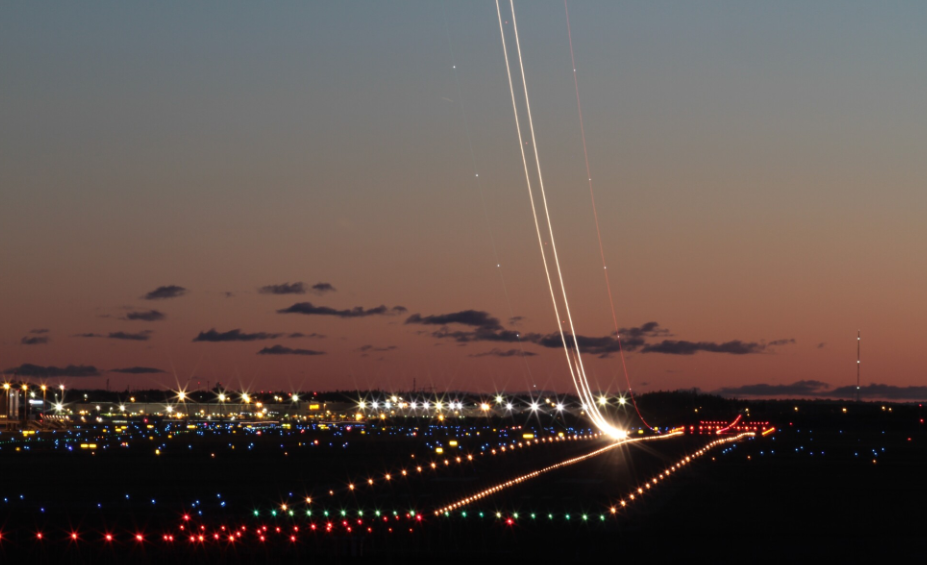As the sun dips below the horizon, transforming the sky into a canvas of stars, airfields come alive with the hum of activity. Pilots prepare for takeoff, ground crews manage aircraft movements, and passengers embark on journeys that connect continents. In this nocturnal ballet, one element takes centre stage – airfield ground lighting (AGL).
The Essence of Airfield Ground Lighting
It serves as the guiding beacon for pilots navigating complex airport layouts during the night. This intricate system of lights, strategically placed on runways, taxiways, and apron areas, ensures safe and efficient aircraft movements in low-light conditions. The reliance on AGL becomes even more pronounced during adverse weather conditions, where visibility is compromised.
Ensuring Precision Takeoffs and Landings
Imagine a pilot preparing for landing in the dead of night. The AGL, resembling a constellation on the ground, guides the aircraft with precision. The approach and runway lights create a visual pathway, aiding aviators in executing smooth landings. The role of these lights is not merely decorative but is instrumental in preventing runway incursions and ensuring that every landing is a secure one.
Airfield Lighting Compliance: A Regulatory Imperative
Meeting International Standards
Airfield lighting compliance is a critical aspect that governs the installation and maintenance of these luminous beacons. Strict adherence to international standards is imperative to guarantee the effectiveness of the airfield ground lighting system. These standards, set by aviation authorities, prioritize the safety of air travel during nighttime operations.
Enhancing Visibility and Reducing Incidents
Compliance with airfield lighting standards is not a bureaucratic formality; it directly contributes to the reduction of aviation incidents. Properly illuminated taxiways and runways enhance visibility, allowing pilots to navigate with confidence. This adherence to regulations is an investment in the overall safety and reliability of air travel.
Innovations in Airfield Illumination
LED Technology Revolution
The shift towards Light Emitting Diode (LED) technology has not only increased the energy efficiency of AGL systems but has also extended their lifespan. LED lights provide brighter illumination, contributing to enhanced visibility and reduced maintenance costs.
Smart Lighting Systems
Modern airfield lighting systems are evolving into intelligent networks. These smart-systems can adapt to changing conditions, adjusting lighting intensity based on factors such as weather and aircraft movements. Such innovations not only improve operational efficiency but also contribute to environmental sustainability.
Conclusion
As the world continues its 24/7 connectivity, the importance of reliable airfield ground lighting cannot be overstated. It is the silent guardian, guiding aircraft through the darkness and ensuring that the night sky remains a realm of safety for every traveller.
